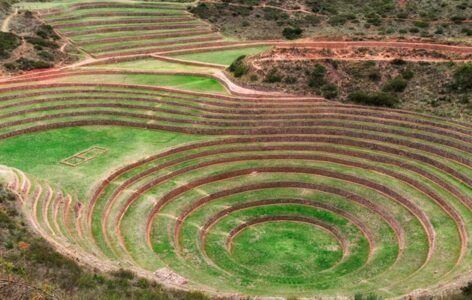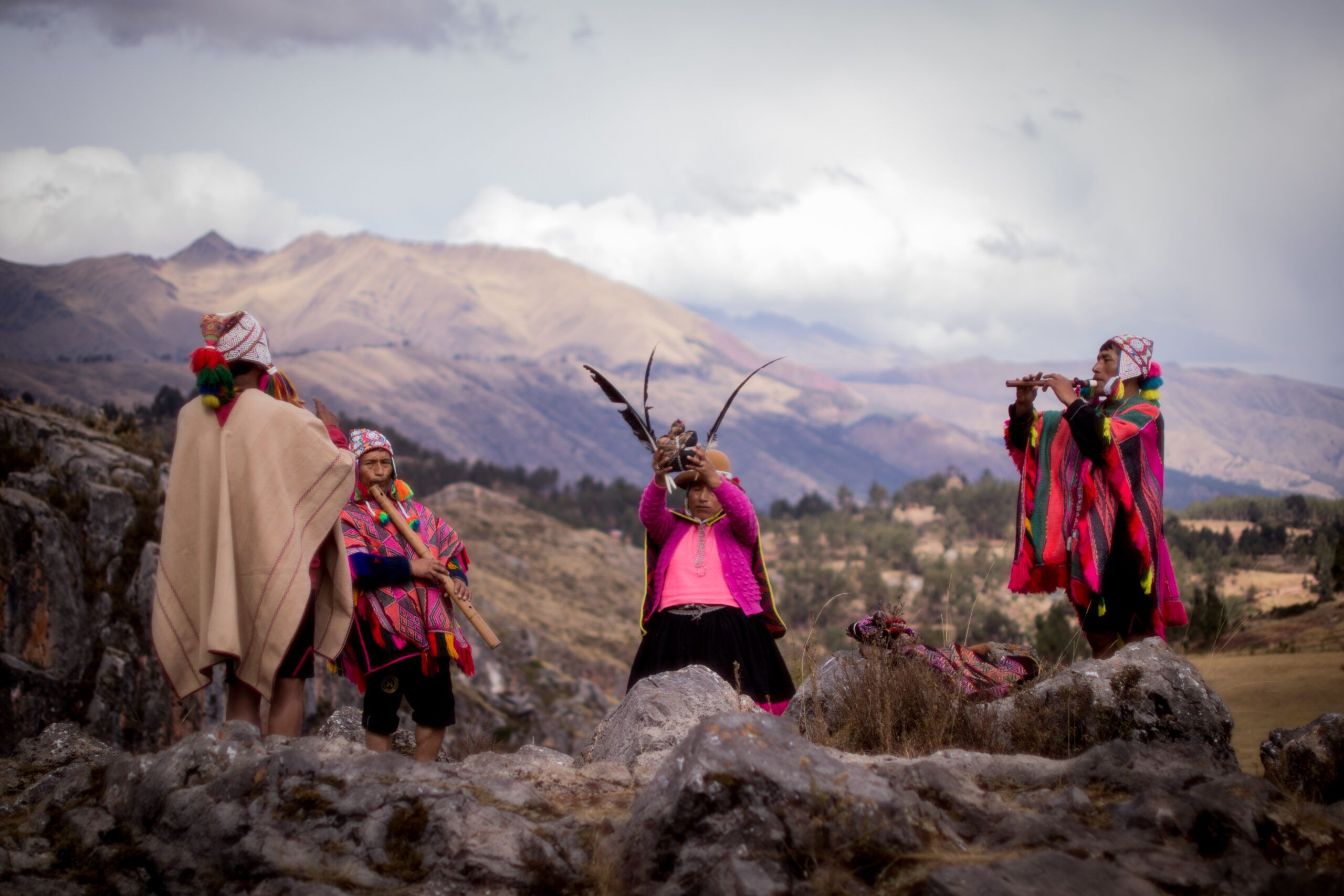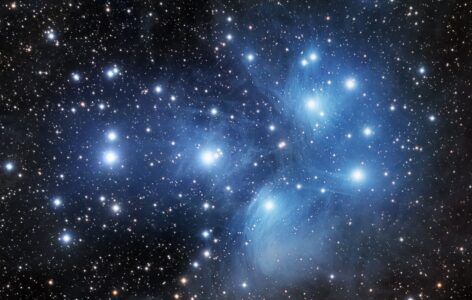High above the city of Cusco, massive zigzagging walls of perfectly fitted stone rise into the sky. Tourists call it a fortress. Historians debate whether it was a temple. The Paqos (Andean healers) simply call it a place of power. Saqsayhuaman is all of these things—and more. For those attuned to the Andean worldview, it is a living energy field, a place where human intention and the heartbeat of the earth meet.

Historical and Cultural Context of Saqsayhuaman
Constructed in the 15th century under the Inca rulers Pachacuti and his successors, Saqsayhuaman (from the Quechua saqsay = “to be satisfied” and waman = “hawk”) was part of the larger ceremonial complex of Cusco, designed in the shape of a puma—Cusco’s guardian animal. The zigzagging walls represent the teeth of this celestial creature.
Chronicler Pedro Cieza de León described Saqsayhuaman as “the most magnificent structure that the Incas ever built” (Cieza de León, 1553). Archaeological evidence suggests it served multiple purposes:
- Defensive stronghold against invasions.
- Ceremonial temple for solstice rituals and offerings to the sun.
- Cosmic observatory aligned with sacred mountain peaks (Apus).
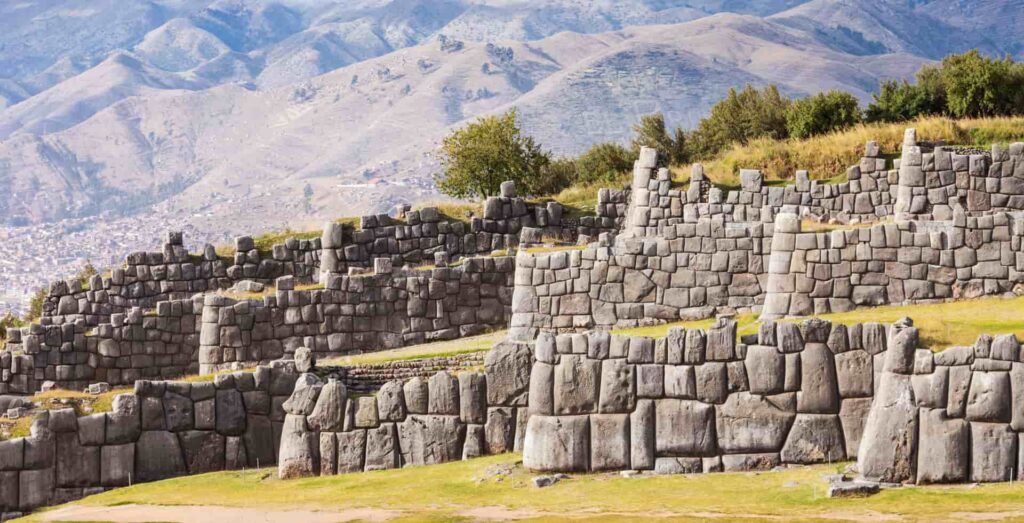
The Energy of Saqsayhuaman
In the Andean spiritual tradition, Saqsayhuaman is not simply inert stone—it is living architecture. The megalithic blocks, some weighing over 100 tons, were placed with such precision that not even a blade of grass can fit between them.
Local paqos believe the site functions as a qocha energetica (energy reservoir), where ley lines from surrounding mountains converge. Visitors often report sensations of warmth, tingling, or a subtle pulse beneath their feet, especially when standing on specific platforms or between certain stones.
Rituals and Practices
During Inti Raymi (Festival of the Sun), Saqsayhuaman becomes the stage for reenacting Inca solstice rituals, honoring Inti (the Sun) and Pachamama (Mother Earth). In more private ceremonies, healers use the site for:
- Cleansing rituals: using k’intus (three coca leaves) to absorb and release hucha (dense energy).
- Energy alignment: standing between aligned stones to balance masculine (Inti) and feminine (Killa, the Moon) energies.
- Offerings to the Apus: placing despachos in crevices as acts of ayni (reciprocity).
Anthropologist Juan Ossio describes Saqsayhuaman as a “cosmic switchboard” that connects people to both celestial and terrestrial forces (Ossio, 2014).
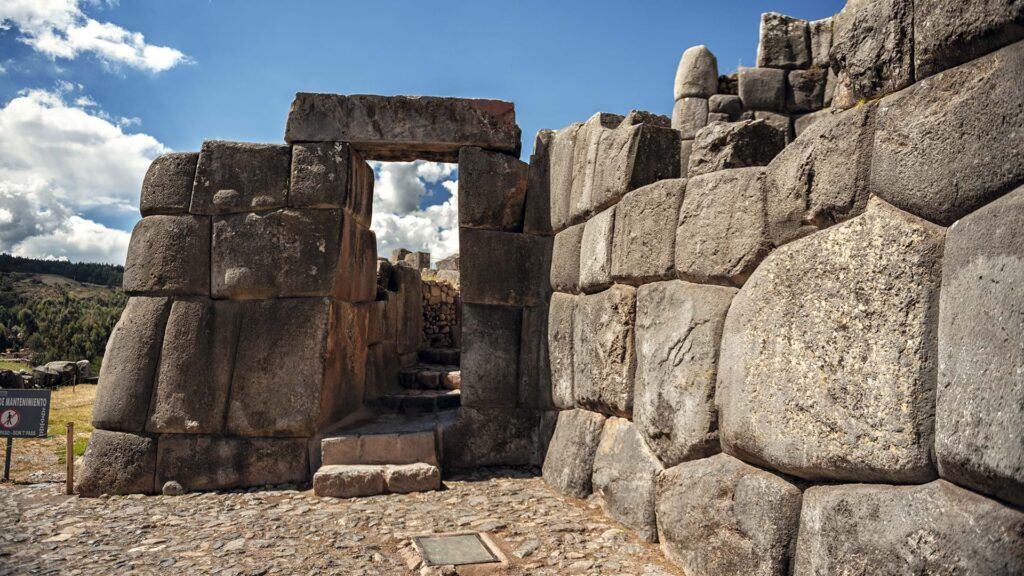
Modern Practice Beyond the Andes
While nothing can replace physically visiting Saqsayhuaman, those abroad can adapt its teachings:
- Identify a natural power spot in your local environment—hilltops, old trees, stone formations.
- Face the four cardinal directions in silence, feeling the energy in your body.
- Offer gratitude—a symbolic k’intu, a prayer, or a handful of local herbs.
- Visualize the zigzag walls and imagine their grounding energy flowing into your being.
The essence of Saqsayhuaman’s power lies in conscious presence in a sacred space—something possible anywhere if approached with respect.
References
- Cieza de León, P. (1553). Crónica del Perú. Seville.
- Ossio, J. (2014). Cosmovisión Andina: Pasado y Presente. Fondo Editorial del Congreso del Perú.
- Protzen, J.-P. (1993). Inca Architecture and Construction at Ollantaytambo. Oxford University Press.

